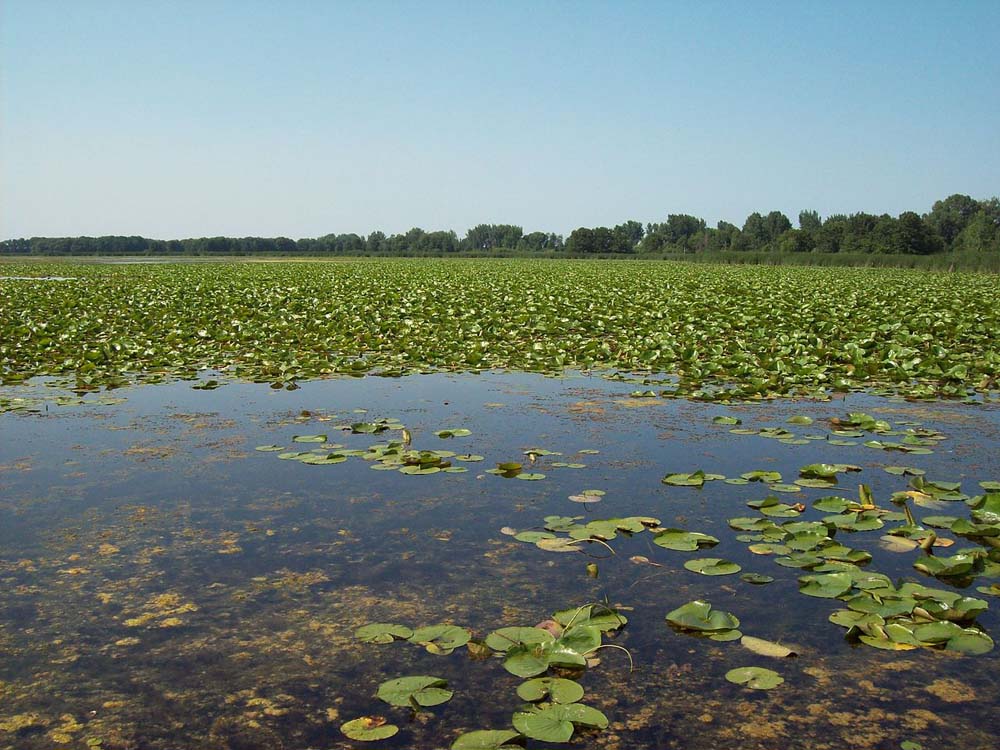
A functioning wetland – Tobico Marsh, located just north of Bay City, Michigan, is part of the Bay City Recreation Area. Commons image.
Toxic brew of polluters and politics
By Skip Clement
Unfortunately for more than a decade, 20 million wetland acres and two million stream miles have been at increased risk of pollution and destruction following two convoluted Supreme Court rulings, Trump, and subsequent agency guidance. This includes a major source of drinking water for one third of Americans, the headwaters and intermittent streams that comprises 60 percent of our nation’s stream miles. With these streams at risk of pollution, so is our drinking water. These at-risk streams and wetlands are also home to countless fish and wildlife species.
The National Wildlife Federation . . .
Toxic brew of polluters and politics
By Skip Clement
Unfortunately, for more than a decade, 20 million wetland acres and two million stream miles have increased the risk of pollution and destruction following two convoluted Supreme Court rulings and subsequent agency guidance – including a major source of drinking water for one-third of Americans, the headwaters and intermittent streams that comprise 60 percent of our nation’s stream miles. With these streams at risk of pollution, so is our drinking water. These at-risk streams and wetlands are also home to countless fish and wildlife species.

Idaho’s salmon, can they survive?
The National Wildlife Federation . . .
Despite the fundamental necessity of clean water, one of the earliest decisions by the Trump administration was to attack the protective reach of the Clean Water Act, which had kept our nation’s waters clean for nearly 50 years – an overwhelming majority of voters liked it that way.
The Clean Water Act was a national law supported by both parties because it was seen as a central tool used by state and local governments to shield and protect clean water needed for drinking water and recreation.
The big polluter interests got that shield thrown away.
Ignoring science, Trump forced the EPA to sign rules removing protection from a host of upstream waters, such as smaller streams, tributaries, and millions of acres of wetlands, in effect putting thousands of stream miles in the United States are at risk.
Allowing open dumping into upstream waters removed protection from thousands of upstream waters, such as smaller streams, tributaries, and millions of acres of wetlands. Now that it is in effect, thousands of stream miles in the United States are at risk, including the Chesapeake Bay and the Colorado River.
In the South alone, the lack of a return to the Clean Water Rule puts at risk the drinking water sources for over 32 million people or seven out of ten Southerners

Results of recently permitted upstream run noff – being glad you’re not downstream was the past administration’s conservation ethic. View of runoff, transporting nonpoint source pollution, from a farm field in Iowa during a rainstorm. Topsoil as well as farm fertilizers and other potential pollutants run off unprotected farm fields when heavy rains occur. U.S. Department of Agriculture, Natural Resources Conservation Service – Lynn Betts, photographer
Fishing and hunting depend on clean water
Thirty-three million Americans go fishing each year, spending 554 million days by streams, lakes, and rivers. You can’t have healthy fish without clean water. Headwater streams protected by the Clean Water Rule are vital to the downstream habitat of fish.
These are examples of where protection of seasonal or rain-dependent streams are important to fishing:
In California, 64% of stream miles in the salmon/steelhead range are seasonal or rain-dependent.
In Colorado, 55% of stream miles within the native trout historical range are seasonal or rain-dependent.
In Montana, about half of the stream miles within the native trout range are seasonal or rain-dependent.

Aerial view of salt marsh in the Baratari Bay area of the Mississippi River delta Plaquemines Parish, Louisiana July 2010
According to the fishing community, the list of rivers that have benefited by protection under the Clean Water Act reads like a copy of America’s 100 Best Trout Streams:
The Potomac; the Shenandoah; the Musconetcong; the Penobscot; the Housatonic; rivers all across the Driftless Area; the Au Sable; the South Fork of the Snake; Falling Spring; the Deschutes; the Catskill rivers; the Feather; the Yuba; the Klamath; all of the headwaters of the Chesapeake Bay; and the Blackfoot.
Renewing the Clean Water Rule will strengthen protections for the headwaters of these rivers and clarify the waters covered by the Act.
The fishing and aquatic recreation business is a significant portion of our Gross National Product.
Millions of American jobs at stake:
As a whole, outdoor recreation generates $646 billion in consumer spending and supports 6.1 million direct jobs.
Fishers, hunters, and wildlife watchers spent $144.7 billion in 2011 on activities, equal to one-percent of the Gross Domestic Product.
Fishing itself is a $48 billion per year industry that supports nearly a million family-wage jobs.
Paddling gear and trips contribute $86 billion a year to the American economy.
Surfing contributes up to $3 billion to the economy each year.


